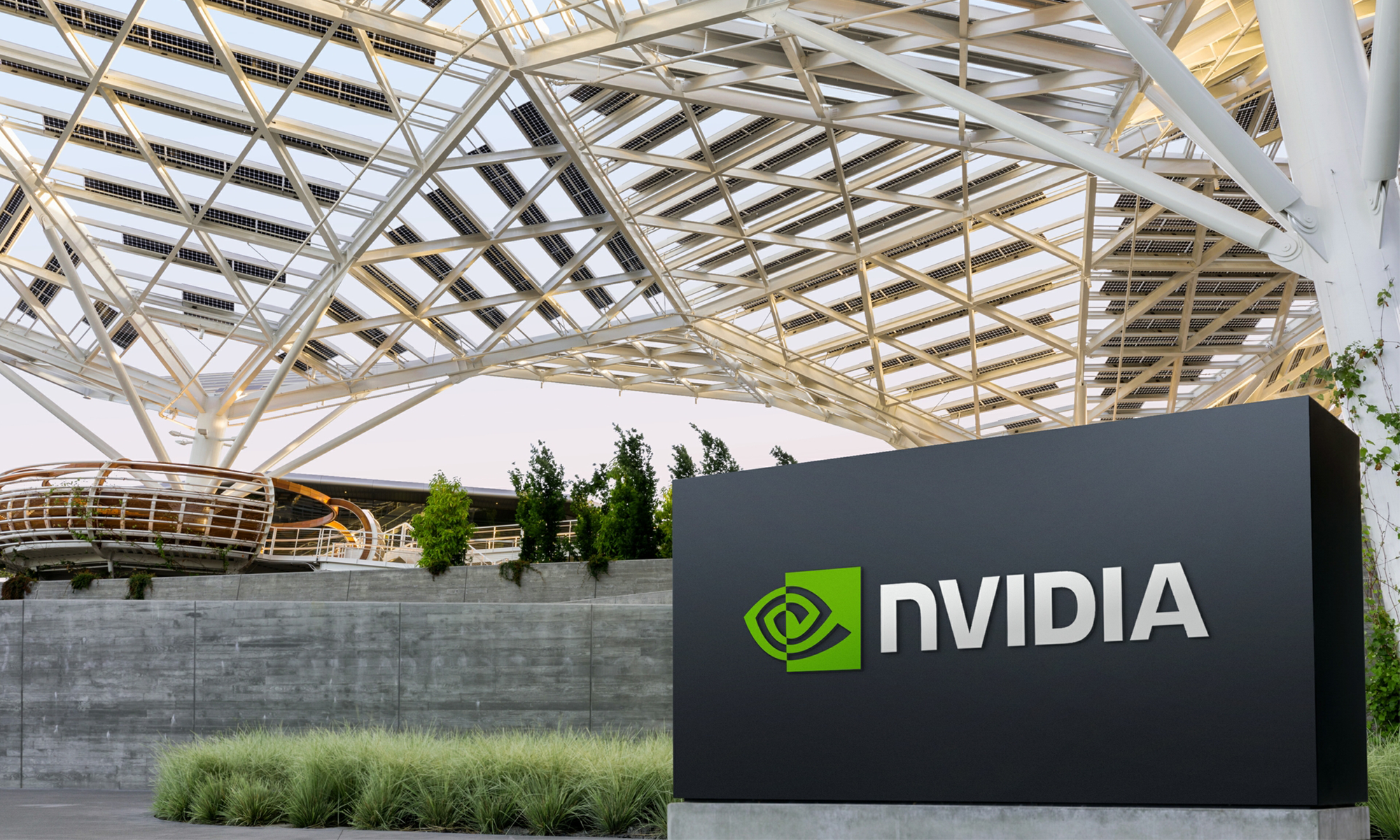
Image source: NVIDIA.
On Sept. 28, graphics specialist NVIDIA (NVDA 0.53%) unveiled an interesting new chip code-named Xavier at its GPU Technology Conference event in Europe. The new chip, the company says, is "designed for use in self-driving cars."
The chip itself integrates eight NVIDIA-designed 64-bit ARM cores, a 512-core graphics processor based on the company's upcoming Volta graphics architecture, two video processors capable of handling 8K video, and a specialized computer vision accelerator. It's manufactured in Taiwan Semiconductor Manufacturing Company's 16-nanometer technology and is made up of a whopping seven billion transistors. more than twice as many as what Apple's A9X processor includes.
The company says it will begin sampling to customers in the fourth quarter of 2017 with "automakers, tier 1 suppliers, start-ups, and research institutions who are developing self-driving cars."
This chip is a big deal for NVIDIA -- here's why.
Drive PX 2 performance at a fraction of the power (and probably cost)
Earlier this year, NVIDIA announced a platform dubbed the Drive PX 2 targeted at self-driving cars. Drive PX 2 includes two of NVIDIA's recently announced processor code-named Parker, as well as two standalone graphics processors based on the company's Pascal architecture.
Drive PX 2 is quite powerful, but it also consumes 250 watts and needs to be liquid-cooled. According to NVIDIA, the upcoming Xavier chip "will be able to replace today's DRIVE PX 2 configured with dual mobile SoCs and dual discrete [graphics processing units] -- at a fraction of the power consumption."

Image source: NVIDIA.
The much-improved power efficiency of this single-chip solution is, in itself, a big deal. Putting what required multiple large, liquid-cooled chips mounted on a fairly large logic board onto a single chip should enable future DRIVE PX platforms to be delivered in much more compact form factors.
Perhaps what's even more interesting, though, is that NVIDIA should be able to realize a significant cost reduction from this solution as well. The current DRIVE PX 2 platform requires no fewer than four large NVIDIA chips -- two Tegra and two standalone graphics processors. That's a lot of chip content, which probably means the DRIVE PX 2 is fairly expensive to produce.
By consolidating all of that functionality into a single chip, the manufacturing cost of the silicon that NVIDIA includes in future DRIVE PX platforms should come down substantially. I suspect that NVIDIA will use the reduced production costs to lower prices somewhat, making the solution more accessible and potentially driving more volume, but at the same time, I don't think it will pass all of those savings on to potential customers.
This approach should allow NVIDIA to boost the gross profit margins that it enjoys from future DRIVE PX platforms.
NVIDIA is quite serious about self-driving cars
NVIDIA's initial efforts in the automotive space were largely targeted at in-vehicle infotainment applications. Those applications generally don't carry high gross profit margins as there are a lot of companies out there (essentially any major mobile system-on-chip players) that could conceivably repurpose their chips as in-vehicle infotainment chips.
Indeed, many of them -- including Qualcomm, Intel, Texas Instruments, and others -- already do just that.
However, what NVIDIA seems to be doing here is unique. The company's automotive efforts are transforming from an attempt to repurpose mobile processors and gaming-oriented graphics processors for self-driving cars to a full-on effort to produce platforms, both hardware and software, tailored specifically for the nascent market.
To be clear, though, this is a gamble. If the market for self-driving cars really takes off, then the platform investments NVIDIA is making here could have a very large payoff. If it ultimately fizzles out, then NVIDIA will have invested a lot of research and development dollars for naught.
That said, given that NVIDIA's business is currently doing extremely well, it makes sense for the graphics specialist to strike while the iron is hot and go after some of these opportunities, particularly as products targeted toward those segments can leverage so much of the work that is done for its core businesses anyway.






